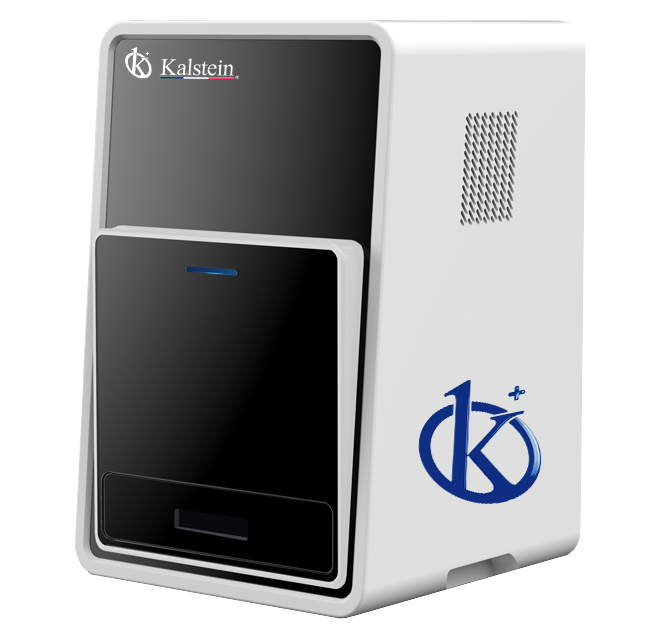Gel documentation is a process that is carried out in a piece of equipment that allows you to observe, take photos and analyze bands on gels after protein electrophoresis. This equipment allows visualizing the bands in the gels that are not visible to the naked eye, since these devices have a high resolution and focus lenses that improve the obtaining of results.
This documentation of gels has the great advantage that it reduces the operating times of the users and, therefore, results with quality superior to those obtained by conventional methods are obtained. Due to technological development, gel documentation systems are now available, specifically designed to adapt to the needs of each laboratory, thus providing innovative solutions for both capturing and analyzing protein images.
What is protein purification?
Protein purification consists of a series of steps, which aim to isolate a single type of protein from a complex mixture. This technique is essential for the characterization of function, structure, and interactions.
The starting material is usually a biological tissue or microbial culture. This purification is carried out in a series of stages that can be summarized:
- Extract the protein from the matrix that confines it
- Separate the protein and non-protein parts of the mixture
- Separate the desired protein from other proteins
Steps for the purification of a protein
- Create a crude protein extract: Crude intracellular protein extracts are prepared by lysing cells, using chemical or mechanical processes. Extracellular proteins are obtained by centrifuging the solution and removing the cells.
- Intermediate purification: This can be done by precipitating proteins with a highly concentrated salt such as ammonium sulfate. The protein salts are then passed through a semi-permeable membrane in a step known as dialysis or subjected to chromatography or gel exclusion filtration.
- Final purification: This is achieved through affinity chromatography, polyacrylamide gel electrophoresis or immunoblotting.
It is important to note that gel electrophoresis is one of the main tools in molecular, cellular and biochemical biology laboratories. In fact, it continues to be one of the main endorsements and essays requested when publishing important results in any scientific journal. For this reason, researchers require high resolution and multiple image recognition systems to process the gels. From this point of view, the processing of gels requires the greatest sensitivity to ensure the quality of the results.
What is protein electrophoresis used for?
Polyacrylamide gel electrophoresis makes it possible to discover the purity of a protein sample. The samples that need to be analyzed are then loaded into tiny wells on the gel with the help of a pipette. Once the load is ready, an electrical current of 50-150 V is applied. Now, the charged molecules present in the sample begin to migrate through the gel towards the electrodes, based on their net charge, this allows proteins to be separated based on their migration speed, which in turn depends directly on their charge and inversely of the coefficient of friction, which in turn depends on the size, shape of the protein and the viscosity of the medium. Bands are immediately inspected or photographed for future reference.
At Kalstein we are MANUFACTURERS and we offer you our documentation system for gels, designed with the highest quality, cutting-edge technology and at the best PRICES on the market. That’s why we invite you to take a look at the Products menu. HERE


